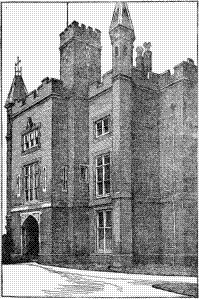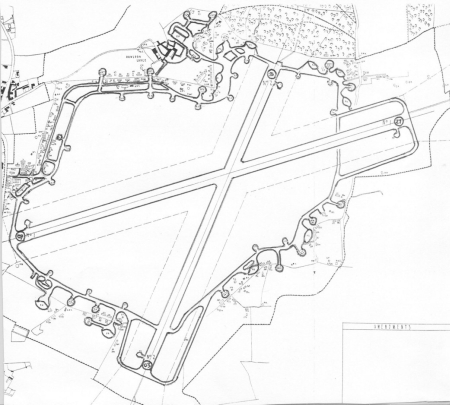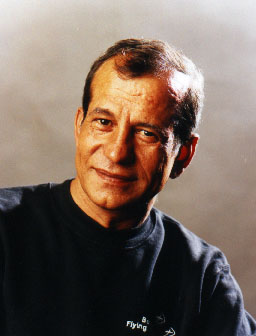History
Estate
The estate which is now the site of Hunsdon Airfield was once owned by the crown & in Tudor times King Henry VIII spent a lot of time at Hunsdon, hunting deer across the site of the airfield.
After Henry's death, Edward VI granted the manor to his sister Mary & she lived there for much of the time until she became Queen. In the reign of Queen Elizabeth I, the estate was granted to Sir Henry Carey, who became the first Lord Hunsdon, & ceased to be a royal residence.
The "Essex Barns" where the club stores some of its aircraft date from the Tudor period, & were used as a hunting lodge by King Henry. They are now covered by a preservation order.
More about the history of the village can be found on the Hunsdon Village website & an interesting detailed history of the estate, itself written in 1912, can be found here.

Hunsdon House
RAF Station Hunsdon

A sizeable area of farmland to the east of Hunsdon was
requisitioned by the Air Ministry in 1939 to provide for additional fighter air
defence of London. Construction began on the 9th of October 1940 and involved removal of
significant areas of woodland and field boundaries, as well as the Old Turkey
Cock pub and a number of cottages in Acorn Street. The base became operational
on the 3rd/4th of May 1941 with the arrival of "A" & "B" flights of 85 Squadron
RAF, initially equipped with Havoc's & Hurricane's.
The role of the early squadrons & flights based at Hunsdon was the night fighter
defence of London & the South-East, including use of the not terribly successful
"Turbinlite" system. Later in the war, once the threat of attack to London had diminished, the primary
role turned from defence to attack. The De-Havilland Mosquito became the mainstay
of the airfield's fighter bomber role and contributed to many significant attacks during the
period before & during D-Day. Operation Jericho - the precision bombing raid on Amiens Prison to release French Resistance fighters on the eve of their execution
- was flown from Hunsdon on 18th February 1944.
At its height more than 2000 personnel were stationed at RAF Hunsdon, and the
lives of the service personnel and of village residents became wholly entwined.
Operations from Hunsdon ceased within days of VE Day in May 1945, although it
was used to receive personnel and materiel returning from Europe until June
1946. Post war it was returned to agriculture, passing through a number of
landowners up until its present owners -
Places For People.
More information on this period & lots of pictures can be found on Denis Sharp's excellent website, & the Hunsdon Local History & Preservation Society published a book, "The Royal Air Force at Hunsdon 1941-1945" (ISBN 0-9506633-1-X) in 1990, which is available from a number of Hertfordshire Libraries. This contains many period photos of the airfield during the war, but these can't be reproduced here for copyright reasons.
In 2004 The Hertfordshire Airfield Memorial Group (HAMG) started work on a long overdue memorial to recognise the service of all those who served at RAF Hunsdon during the Second World War, The Memorial was dedicated at a ceremony on the 22nd May 2005. For more information visit the HAMG website.
RAF Hunsdon memorial (© HAMG)
Microlighting
Microlight flying started at Hunsdon (although not at its present site) in the 1980's. Phil Lee, trading as the HVA Partnership, operated the airfield, & by 1993 had moved to the current location with two runways in the North East corner of the RAF site running alongside the remains of the old wartime runways.
In 2001 Phil decided to move to France. After a period of uncertainty, Jay Madhvani, a microlight instructor who ran a flying school near St. Albans, arranged with the landowner to take over the lease. The airfield operated under Jay's management until March 2007 when Jay was killed in a tragic accident. Hunsdon Microlight Club remains forever indebted to Jay - without him we wouldn't have the airfield today.
A third runway was added in 2003, forming a triangle with the existing two, which now gives pilots plenty of options in windier conditions.
The airfield is now run by the club on a not-for-profit basis, with training operations carried out alongside those of the club.

Jaysukh "Jay" Madhvani 1953-2007